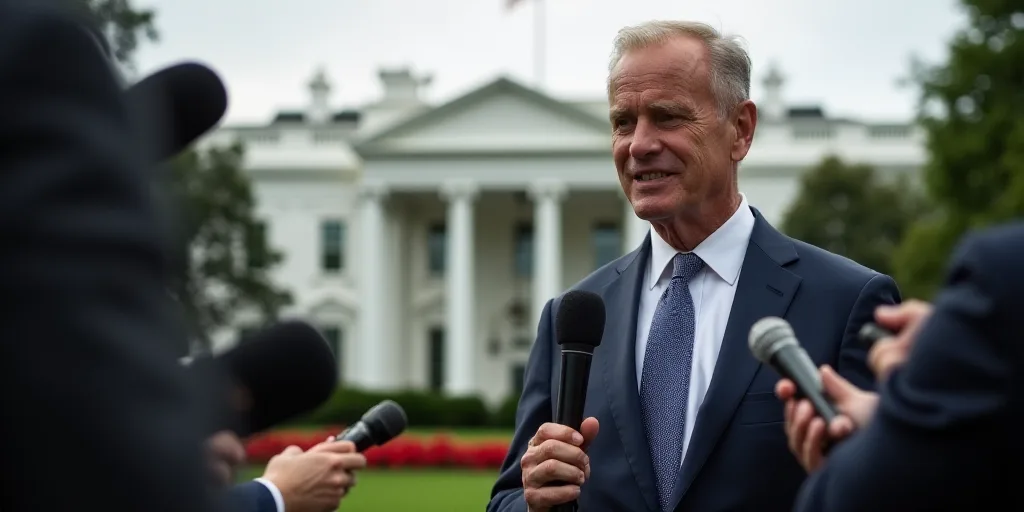On April 2, 2025, the Trump Administration declared an end to the United States’ traditional policy of open trade, much like the frivolous suggestion of ingesting bleach during the pandemic. This economic ‘suicide’ leaves a lasting mark in history.
The Announcement
President Donald Trump declared a national economic emergency and announced tariffs of at least 10% for all countries, with higher rates for 60 deemed “most offending” nations.
End of Free Trade Policy
The era of free trade, a cornerstone of U.S. leadership since the end of World War II, has come to an end. This was announced with a superficial method for calculating tariffs, reverting to pre-WWII levels.
Calculation Method and Consequences
Without economic theory supporting it, the reciprocal tariff is calculated by dividing the U.S. trade deficit ratio over importations from each country by two (or adding 10% if there’s a surplus). This will significantly reduce U.S. imports by 9%, while its real GDP per capita is projected to drop by 15%.
Economic Model Simulations
Using economic models, the impact shows a disastrous outcome for the U.S., with negative effects in Asia. The model of general equilibrium suggests that U.S. real GDP per capita will decrease by 15%, despite slight increases in domestic production, due to significant price hikes.
Impact on Different Regions
The European Union won’t be severely affected, and Latin American countries face minimal damage (except for Venezuela at 15% and Nicaragua at 18%). However, Asian nations and Switzerland suffer the most.
Implications
Beyond trade impacts, this decision will fuel distrust in the dollar, create uncertainty for productive investments, and potentially damage technological, legal, and institutional relationships. The economic and social effects will persist, making this ‘liberation act’ more costly than ever before.



